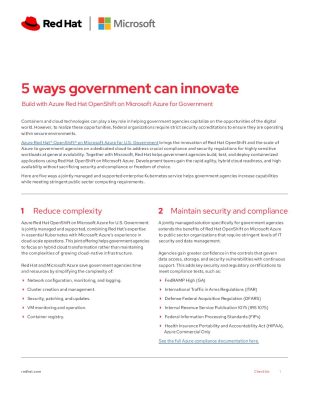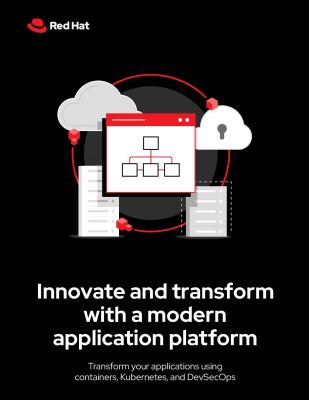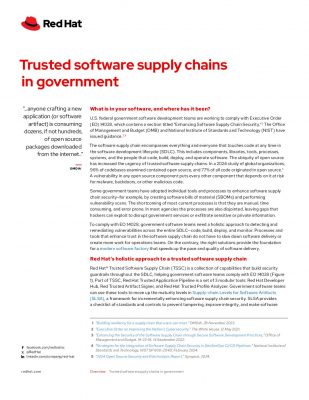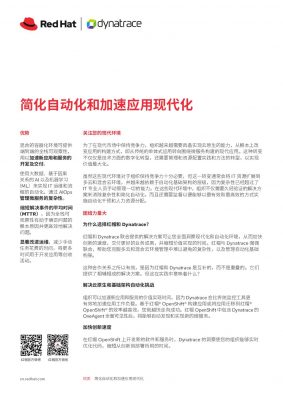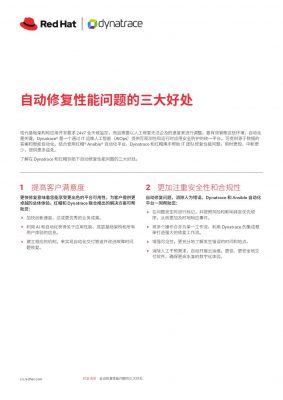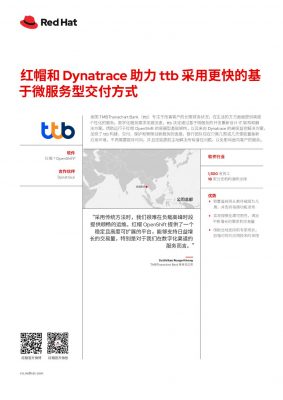Highlights:
- Relying heavily on one vendor can restrict flexibility and empower vendors to control the organization’s technology direction.
- Organizations without a structured dependency monitoring system frequently encounter unforeseen difficulties in the event of outages or security breaches.
The increasing adoption of cloud technology has attracted the scrutiny of regulators on global, regional, and national scales. As businesses rely more on public cloud Software as a Service (SaaS), Infrastructure as a Service (IaaS), and Platform as a Service (PaaS), the potential for cloud service failures to disrupt operations becomes a growing concern.
As we advance, organizations that lack formal dependency tracking often face unexpected challenges during outages or security incidents. According to a Gartner Inc. survey, dependence on a single cloud provider for multiple critical functions ranks among businesses’ top five emerging risks.
Cloud concentration risk, particularly in heavily regulated sectors like financial services, presents multifaceted challenges. What is cloud concentration risk? In a single term, it is the risk of overreliance on a single cloud provider.
For instance, an asset management firm relying solely on one cloud provider for its digital infrastructure faces the risk of extensive downtime during cloud service disruptions, particularly when serving clients across different time zones. The complexity intensifies if the business has international operations subject to varying downtime requirements.
So, managing risks in cloud concentration in your business strategy is vital. Failing to recognize its importance can expose businesses to a multitude of risks.
How Is Cloud Concentration Becoming a Risk for Businesses?
With the widespread adoption of cloud migration by businesses, the issue of cloud concentration has gained prominence. This section delves into the progressing challenges and their influence on business operations, security, and overall resilience.
Here are five potential risks:
- Wide incident blast radius: An increasing number of apps and business tasks rely on a single cloud provider, amplifying the impact of potential cloud issues and heightening concerns about business continuity.
- Non-compliance with regulatory requirements: Organizations may struggle to fulfill regulatory obligations related to concentration risk, particularly when dealing with various regulatory bodies that may have divergent perspectives on managing this risk.
- Security vulnerabilities: Cloud concentration can make a business a more attractive target for cyberattacks. A breach within the provider’s infrastructure can have far-reaching consequences for all clients, potentially exposing sensitive data.
- Excessive reliance on a single vendor: Heavy dependency on one vendor can limit flexibility in adopting future technologies and grant vendors significant control over the organization’s technology roadmap.
- Challenges in unified data security and governance: Every cloud-native product generates its own isolated metadata silo, leading to complexity in data management, security, and governance.
- Service disruptions: Cloud providers can experience outages or disruptions, causing downtime for businesses that depend on their services. This can lead to financial losses, reputational damage, and customer dissatisfaction.
- Vendor lock-in risks: A small number of cloud service providers (CSPs) controlling the market can result in significant vendor lock-in effects, making it difficult for organizations to switch to another CSP.
To tackle these issues, companies should create strong plans to actively manage cloud concentration risks, streamline their cloud setup, and ensure their business runs smoothly in the ever-changing digital world.
Navigating the Cloud: Smart Moves to Tackle Concentration Risks
In this in-depth investigation of the cloud concentration strategy, we must examine the importance of diversifying cloud assets, embracing a multi-cloud approach, and staying abreast of the continually evolving regulatory environment.
Look at these practical strategies:
- Diversify cloud providers: To minimize risk by utilizing multiple cloud providers to spread your digital assets.
- Embrace multi-cloud: To combine public, private, and hybrid clouds to establish a diversified cloud strategy.
- Review SLAs: Periodically assess service level agreements to ensure alignment with your business requirements.
- Foster provider relationships: To cultivate robust communication and actively monitor provider performance.
- Plan for cloud exit: To develop comprehensive exit strategies for potential provider migrations.
- Assess risk: To conduct routine audits to gauge financial stability, security protocols, and data protection.
- Team involvement: To train your workforce on cloud-related risks and best practices for risk management.
Applying these strategies empowers businesses to manage cloud concentration risks and enhance adaptability in the dynamic digital business environment. Moreover, a crucial approach in practice is assessing the authenticity of a multi-cloud strategy.
Can the Multi-cloud Strategy Mitigate Cloud Concentration Threats for Businesses?
Tackling the concentration risk in the cloud is a complex endeavor that requires a comprehensive understanding of its underlying factors. This risk arises from an excessive reliance on a single cloud service provider, which poses a significant threat to business continuity in case of provider failure.
Adhering to best practices in business continuity planning suggests embracing a multi-cloud approach to mitigate this risk. This approach involves utilizing various cloud services to bolster an organization’s digital infrastructure. These services can be sourced from a single provider or multiple providers. While maintaining a primary provider for connectivity offers advantages, having a secondary backup provide
Conclusion
In conclusion, cloud concentration risks pose complex challenges in the ever-changing world of cloud computing. Excessive dependence on a single provider can disrupt operations, compromise data security, and limit flexibility. Utilizing a multi-cloud approach to diversify cloud resources is imperative for risk mitigation in the business context.
Additionally, compliance with evolving regulations and data protection requirements is paramount. A multi-cloud strategy enhances resilience, minimizes the impact of concentration risks in the cloud, and ensures uninterrupted operations.
In today’s digital age, where data security and regulatory compliance are critical, the multi-cloud approach is a practical choice for businesses. It helps mitigate risks and enables compliance with ever-changing laws and regulations while embracing the evolving cloud landscape.
Boost your knowledge by exploring a variety of valuable cloud-related whitepapers available in our resource center.



